Balancing Sustainable Use and Conservation of Threatened Species
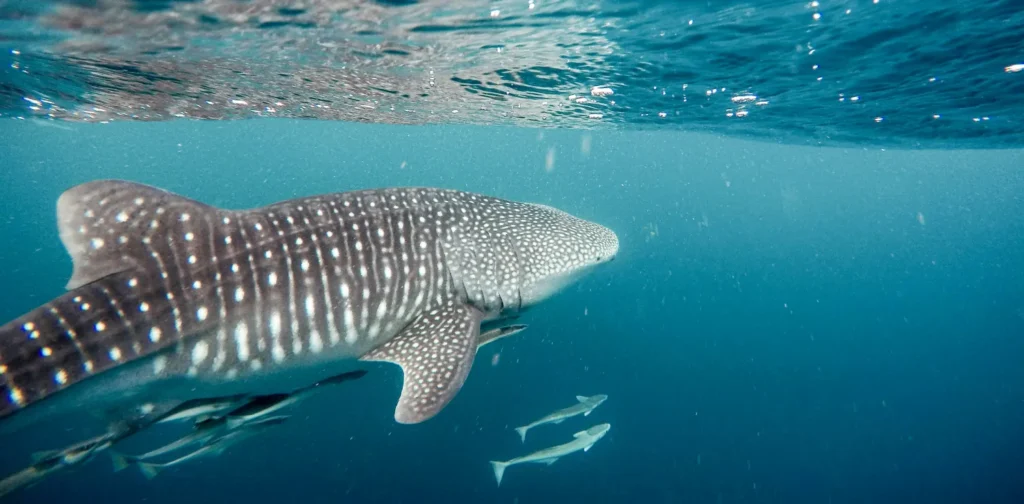
Photo: Jeremy Bishop on Unsplash.
Biodiversity is the cornerstone of sustainable development. Yet, we face a rapid decline of biodiversity globally, with some species even reaching the brink of extinction. Balancing the sustainable use and conservation of species requires a proper method of biodiversity harvesting. In this light, a guideline by the International Union for Conservation of Nature (IUCN) aims to support decision makers in managing the harvesting of threatened species.
Overexploitation of Biodiversity
Between 1970 and 2020, the average wildlife population has shrunk by 73%, according to the World Wildlife Fund’s Living Planet Report. Since then, the situation has not gotten much better. In 2025, the IUCN Red List, which assesses the global conservation status and extinction risk of biological species, found that 47,187 out of 169,420 species examined were categorized as threatened.
Overexploitation by humans is one of the biggest contributors to biodiversity loss, which is often done irresponsibly for the sake of maximizing profits and personal benefits. At the same time, however, global economic development highly depends on biodiversity. The World Economic Forum’s estimation shows that half of the world’s total GDP in 2020 (roughly 44 trillion USD) depended on biodiversity and nature at moderate to high levels.
Therefore, balancing biodiversity use with conservation requires proper mechanisms and accountability, particularly in terms of harvesting threatened species. To support this, the IUCN released the Guidelines on Harvesting Threatened Species in May 2025.
IUCN’s Guideline for Threatened Species
The IUCN’s guideline aims to guide decision-makers on the harvesting process of threatened species to ensure their sustainable use. Harvesting here is defined as “the process of collecting, cutting, taking or killing of wild species or their parts and/or derivatives.”
As banning it entirely is impossible, harvesting threatened species requires particular care that must consider multiple aspects of the species, including its conservation status, historical traits, and habitats. Additionally, there are also threatened species that suffer the impacts of the harvesting of other species, which often can be difficult to examine due to a lack of regulation and documentation.
Therefore, the guideline emphasizes the urgency to assess the context-specificity of the situation in the harvesting process. To ensure sustainable use of biodiversity, the guideline also provides a 5-dimensional sustainability assessment framework, which includes animal welfare and human health aspects in addition to the existing social, ecological, and economic aspects.
Striking A Balance
Halting rampant biodiversity exploitation while still advancing conservation and economic development are crucial to support sustainable development progress. Policymakers and practitioners can utilize the IUCN’s guidelines in addressing the biodiversity issue in their respective areas, as well as developing and strengthening robust regulatory frameworks and policy around the issue.
Editor: Nazalea Kusuma

Kresentia Madina
Madina is the Assistant Manager for Digital Publications at Green Network Asia. She graduated from Universitas Indonesia with a bachelor's degree in English Literature. She has three years of professional experience working on GNA international digital publications, programs, and partnerships particularly on social and cultural issues.


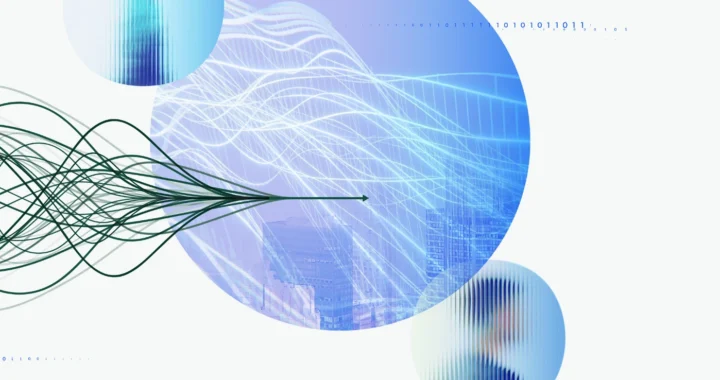 Strengthening Societal Resilience in the Age of Disruptions
Strengthening Societal Resilience in the Age of Disruptions 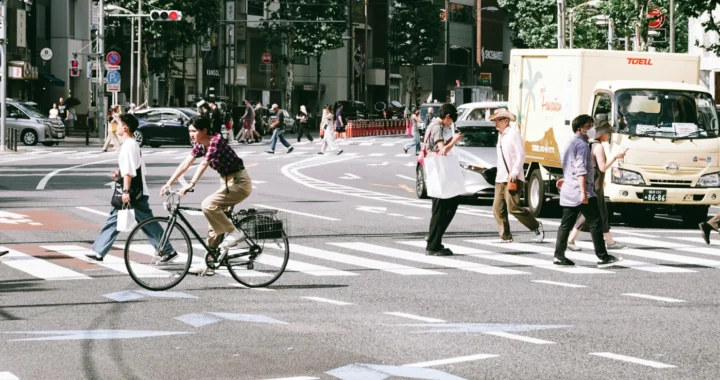 Building Strategic Approach to Support Urban Health for All
Building Strategic Approach to Support Urban Health for All 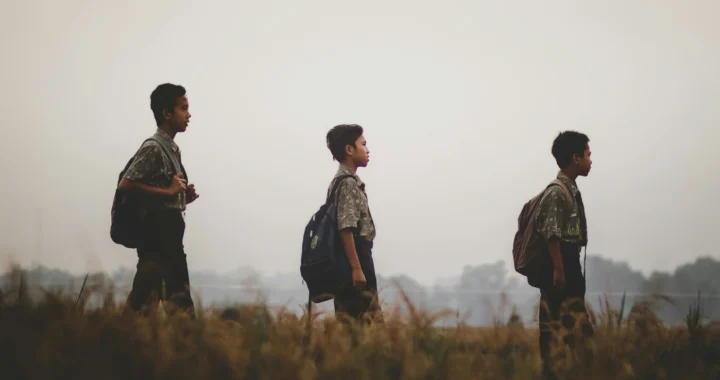 Understanding and Addressing Multiple Dimensions of Child Deprivation
Understanding and Addressing Multiple Dimensions of Child Deprivation  Building Heat Resilience Amidst Rising Risk in the Asia-Pacific
Building Heat Resilience Amidst Rising Risk in the Asia-Pacific 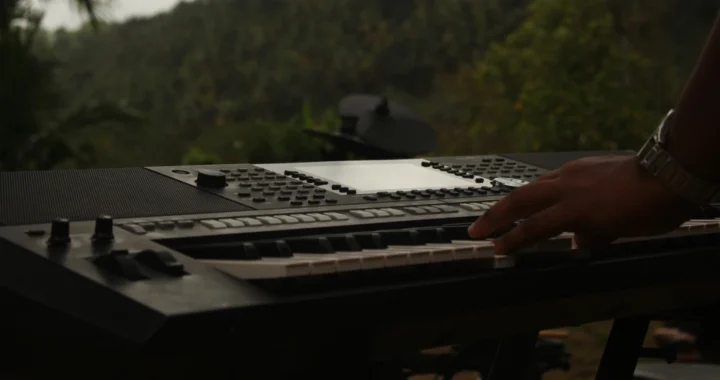 Sounds Right and Recognizing Nature as an Artist for Biodiversity Conservation
Sounds Right and Recognizing Nature as an Artist for Biodiversity Conservation  Statewide Treaty Bill: Australia’s First Treaty with the Indigenous Australians Passed in Victoria
Statewide Treaty Bill: Australia’s First Treaty with the Indigenous Australians Passed in Victoria